
Cheaper prices are driving convenience store shoppers towards the discounters, new data has shown.
According to the Lumina Intelligence UK Convenience Market Report 2022, there has been a “notable uplift” in convenience shoppers also visiting discounter stores, driven by increased price sensitivity.
It revealed in the 12 weeks ending 6 March, 30.5% of convenience store shoppers also shopped in a discounter each week, while, more recently, during the 12-week period to 29 May, it had increased to 33.2%.
As convenience store shoppers become more value-led, the report outlined how retailers should look to review own-label ranges to cater these changing consumer needs.
It pointed to household staples as a way of targeting this, including cooking sauces and breakfast cereals, as these are among the categories that are seeing the most growth in own-label purchasing.
For example, own-label carbonated soft drinks had seen a 65% growth in purchases in the 12 weeks ending 29 May, while own-label cooking pasta and curry sauces saw a 59% uptick in growth.
On the other hand, rather than competing with discounters on price, convenience retailers can add value by offering other services such as a Post Office, pharmacy, cash machine or delivery collection and returns service as a point of difference.
The sector, however, is still forecast to reach a value of £45.2bn in 2022, equating to a 3.2% growth compared to 2021, the report showed.
Co-ops and convenience multiples, a chain of 10 or more convenience stores under a centrally-owned managed or franchised fascia, in particular, are expected to see the strongest turnover growth this year, by 5.6% and 3.8% in 2022 respectively. This growth will be underpinned by investment in store refits and physical expansion, as well as developments in delivery services.
Both are benefiting from a recovery in transient locations and food-to-go missions as shoppers spend more time out of home post-pandemic, the report added.
Forecourts, symbol groups, and unaffiliated independents are also set to see growth, up 1.6%, 2.9%, and 1.7% respectively, but at a slower rate to the total convenience market. The overall market growth follows a small decline in 2021 of 0.8%, as a result of hospitality reopening and coronavirus restrictions easing.
The convenience sector is also expected to see a 0.6% growth in outlets, with a “post-pandemic property boom” creating greater prospects for operators to expand.
“UK convenience retail remains in a strong position,” said Lumina Intelligence insight director Blonnie Whist. ”Despite cost of living challenges, the market will benefit from a resurgence in on-the-go missions in 2022, as shoppers seek more accessibly priced options compared to foodservice channels.
“Leveraging different store formats, including grocery-led, food to go-led, service-led and delivery will be key to growth across the next three years.
“From a delivery perspective, retailers need to capitalise on events including the Women’s Euros and the FIFA World Cup through encouraging shoppers to use delivery for entertaining and nights in.”






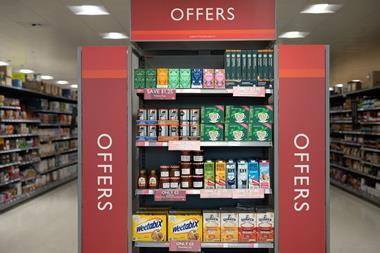

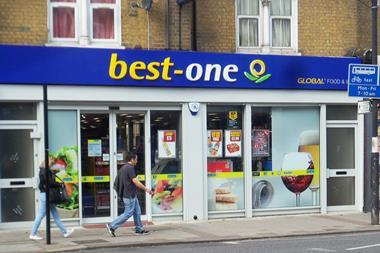
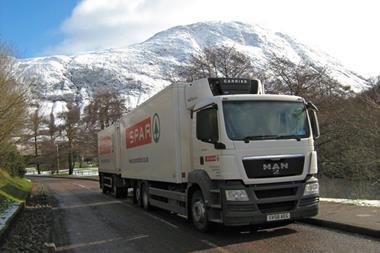

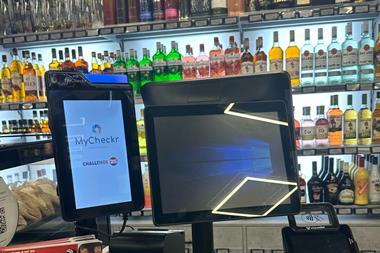


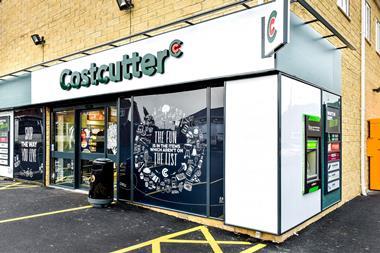
No comments yet